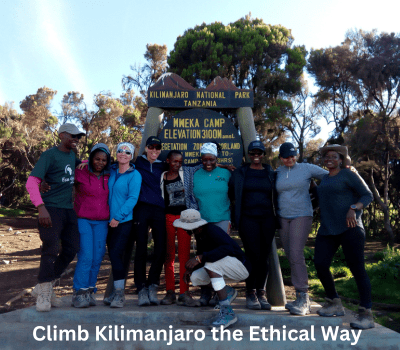Can I Rent Equipment for the Kilimanjaro Climb?
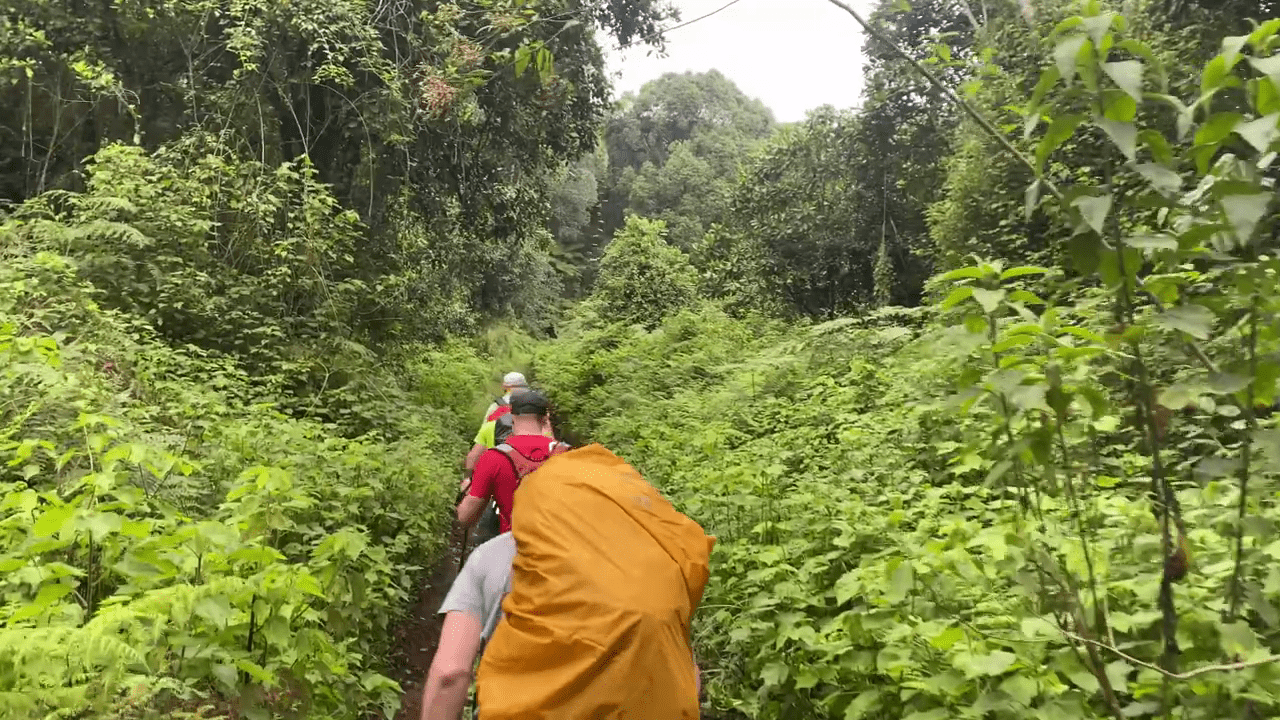
Introduction: Why Renting Gear Is a Smart Option for Many Climbers
Planning to conquer Mount Kilimanjaro? You may be wondering whether you need to bring all your trekking gear with you or if you can rent it once you arrive in Tanzania. The good news? Yes, you can absolutely rent high-quality equipment in Moshi, and it’s often the smartest, most affordable choice—especially for first-time trekkers or international travelers trying to avoid bulky luggage.
At Eco-Africa Climbing, we understand that not everyone wants to invest in expensive mountaineering gear for a single adventure. That’s why we offer reliable rental options to make your trip smoother, lighter, and more budget-friendly—without compromising on safety or comfort.
What Gear Is Essential for Climbing Kilimanjaro?
To survive and thrive on Kilimanjaro, your gear must protect you from rain, cold, sun, and wind across multiple climatic zones. At a minimum, here’s what every climber needs:
- Sleeping Gear: Sleeping bag rated for -10°C to -20°C, sleeping pad
- Clothing Layers: Base layer, fleece, down jacket, waterproof jacket and pants
- Footwear: Waterproof hiking boots, camp shoes
- Accessories: Trekking poles, headlamp, water bottles, daypack, duffel bag
- Miscellaneous: Sunglasses, gloves, gaiters, hats, and thermal socks
A full list can be found in our Kilimanjaro Gear List guide. These items are essential for managing the physical demands and weather extremes of the mountain.
Which Items Can You Rent in Moshi Before the Climb?
You don’t need to travel with everything from home. Many essentials are available for rent through us or our trusted partners. Typical rental gear includes:
- Four-season sleeping bags (cleaned and sanitized between each use)
- Down jackets and waterproof outerwear
- Trekking poles and gaiters
- Headlamps and duffel bags
- Daypacks and backpacks
- Insulated gloves, hats, and balaclavas
We maintain a complete inventory and ensure every piece is mountain-ready. You can preview the full rental catalog via our Rental Gear Checklist (PDF).
Where to Rent Kilimanjaro Gear Locally
Moshi is the main base for Kilimanjaro climbs and offers several trusted rental outlets. If you’re trekking with Eco-Africa Climbing, you can rent gear directly through us. We simplify the process by:
- Conducting gear checks during your pre-climb briefing
- Offering rentals that are pre-reserved and ready for you at the hotel
- Providing expert advice on sizing and suitability for the mountain
- Ensuring all gear is cleaned, inspected, and up to safety standards
We’re happy to accommodate last-minute rentals or help you plan ahead. Just let us know your needs during your booking process.
Benefits of Renting Over Buying for Your Trek
While some trekkers prefer to bring their own gear, there are many advantages to renting:
- Cost Efficiency: Renting high-quality gear for a week is much cheaper than buying new equipment for one-time use.
- Luggage Ease: No need to haul oversized bags or pay for airline overage fees.
- Professional Fitting: Get help selecting gear that matches local conditions and your specific route, like 8 Days Lemosho or 7 Days Machame.
- Eco-Friendly: Reuse reduces waste and supports sustainable tourism.
Renting lets you pack light, travel smart, and climb comfortably—all while keeping your budget intact.
Rental Pricing: What to Expect for Kilimanjaro Gear
Renting gear for your Kilimanjaro climb is both practical and cost-effective. Here’s a general overview of rental prices in Moshi:
- Sleeping Bags: $50
- Down Jackets: $25
- Hiking Boots: $25
- Rain Jackets/Ponchos: $30
- Trekking Poles: $20
- Headlamps: $15
- Gaiters: $15
- Gloves: $10
- Daypacks: $30
- Duffel Bags: $30
These prices are typically for the entire duration of your trek. It’s advisable to book your gear in advance to ensure availability, especially during peak climbing seasons.
Gear Quality Checks: Ensuring Safety and Comfort
When renting gear, it’s crucial to ensure that the equipment is in good condition. Here’s what to check:
- Cleanliness: All gear should be clean and free from odors.
- Functionality: Zippers, straps, and buckles should be in working order.
- Fit: Try on clothing and boots to ensure a comfortable fit.
- Warmth: Sleeping bags and jackets should be appropriate for sub-zero temperatures.
Reputable rental companies will allow you to inspect gear before finalizing the rental. Don’t hesitate to ask questions or request different sizes if needed.
Eco-Africa Climbing Rental Options
At Eco-Africa Climbing, we offer a comprehensive range of rental gear to meet your needs:
- High-Quality Equipment: Our gear is regularly maintained and updated.
- Convenient Rental Process: Reserve your gear online or during your pre-climb briefing.
- Expert Assistance: Our team will help you select the right gear for your trek.
For a detailed list of available rental items and prices, please refer to our Kilimanjaro Gear List.
How to Reserve Your Rental Gear
Reserving your gear in advance ensures availability and allows for a smoother experience. Here’s how to do it:
- Contact Us: Reach out via our contact page or during the booking process.
- Specify Your Needs: Let us know which items you need and your sizes.
- Confirmation: We’ll confirm the availability and reserve the gear for you.
During your pre-climb briefing, you’ll have the opportunity to try on the gear and make any necessary adjustments.
Gear Delivery at Pre-Climb Briefing
To make your experience as convenient as possible, we provide your reserved gear during the pre-climb briefing:
- Try-On Session: Ensure all gear fits properly and is comfortable.
- Final Adjustments: Make any necessary changes or swaps.
- Payment: Settle the rental fees before the trek begins
This process allows you to focus on the adventure ahead, knowing you’re well-equipped for the journey.
How Renting Gear Supports Sustainable Travel on Kilimanjaro
Renting gear isn’t just practical—it’s also environmentally responsible. By reusing equipment that’s maintained and cleaned between climbs, you help reduce the waste and overproduction often linked with adventure travel.
At Eco-Africa Climbing, we prioritize sustainability in all aspects of our tours, including gear rentals. Choosing to rent:
- Minimizes the carbon footprint associated with shipping and producing gear
- Reduces clutter and excess on the mountain trails
- Supports a circular economy by reusing well-maintained equipment
It’s a smart way to explore responsibly—while still being fully prepared.
Packing Tips for Travelers Who Plan to Rent Gear
If you’re planning to rent gear in Moshi, you can save valuable luggage space and money by packing strategically. Here’s what to bring versus rent:
- Bring: Base layers, personal undergarments, thermal socks, gloves liners, your own headlamp (if preferred), essential medications
- Rent: Sleeping bag, down jacket, gaiters, trekking poles, daypack, waterproof gear, extra gloves or hats
Keep all your travel essentials in your carry-on bag and pack your trekking clothing in a soft-sided duffel or backpack to save space. This approach is especially useful for those combining their trek with a Zanzibar holiday or Tanzania safari.
What If Something Doesn’t Fit or Is Missing?
Mistakes can happen—maybe your jacket doesn’t fit or a pole breaks mid-climb. That’s why having a guide and team like Eco-Africa Climbing is so important. We carry backup supplies and can often swap out gear before the trek officially starts.
At the gear check session:
- We assess your full kit together with you
- Make sure everything fits well and functions properly
- Offer alternatives from our rental stock if needed
You’ll also have access to a local store if you need to make any emergency purchases.
What Gear Should You Not Rent for Kilimanjaro?
While many items can be rented locally, there are a few personal essentials you should always bring with you:
- Hiking Boots: You should break these in beforehand to avoid blisters or injuries.
- Base Layers & Underwear: For hygiene and comfort, use your own.
- Glove Liners & Socks: Rent outer gloves if needed, but bring your preferred inner layers and socks.
- Hydration System: Pack your own water bottles or a CamelBak.
These items are more difficult to size or personalize last-minute and contribute heavily to your comfort on the mountain. If you’re unsure what to bring, consult our complete day pack guide and duffel bag checklist.
Conclusion: Renting Gear Makes Your Climb Easier, Safer, and More Accessible
Climbing Mount Kilimanjaro is a life-changing experience—and renting your equipment doesn’t diminish that. In fact, it can enhance your adventure by reducing costs, simplifying logistics, and ensuring that you’re outfitted with tried-and-tested gear made for the mountain.
At Eco-Africa Climbing, we’ve helped hundreds of climbers rent exactly what they need with confidence and convenience. Whether you’re packing light or just want to try top-quality mountaineering gear without buying, our rentals are ready when you are.
So, skip the luggage stress—rent smart, climb comfortably, and summit safely.
Frequently Asked Questions (FAQs)
Can I rent all my gear locally in Moshi?
You can rent most essential items, including sleeping bags, jackets, trekking poles, and more. Just make sure to reserve in advance, especially during busy climbing seasons.
Is the rental gear at Eco-Africa Climbing clean and reliable?
Yes. All our gear is thoroughly cleaned, inspected, and maintained between climbs. We ensure every piece is safe and suitable for Kilimanjaro conditions.
What happens if the gear I rent doesn’t fit?
No problem. During your pre-climb briefing, we’ll conduct a full gear check and can quickly swap out any items that don’t fit or feel right.
How much does renting gear typically cost?
Most items range from $10 to $50 for the entire climb. Check our gear list or ask us for a custom quote during booking.
Do I need to bring my own boots?
Yes. Hiking boots should be broken in ahead of time and are not recommended for rental due to sizing and hygiene concerns.
Ready to Rent Gear and Conquer Kilimanjaro Comfortably?
Don’t let gear logistics slow you down. Rent everything you need directly through Eco-Africa Climbing and start your adventure worry-free. We’ll have it waiting for you in Moshi.
Need help choosing a route too? Here are some of our top recommendations:
Start now by requesting your custom rental quote on our booking page or contacting us directly.
Share:
Related Posts
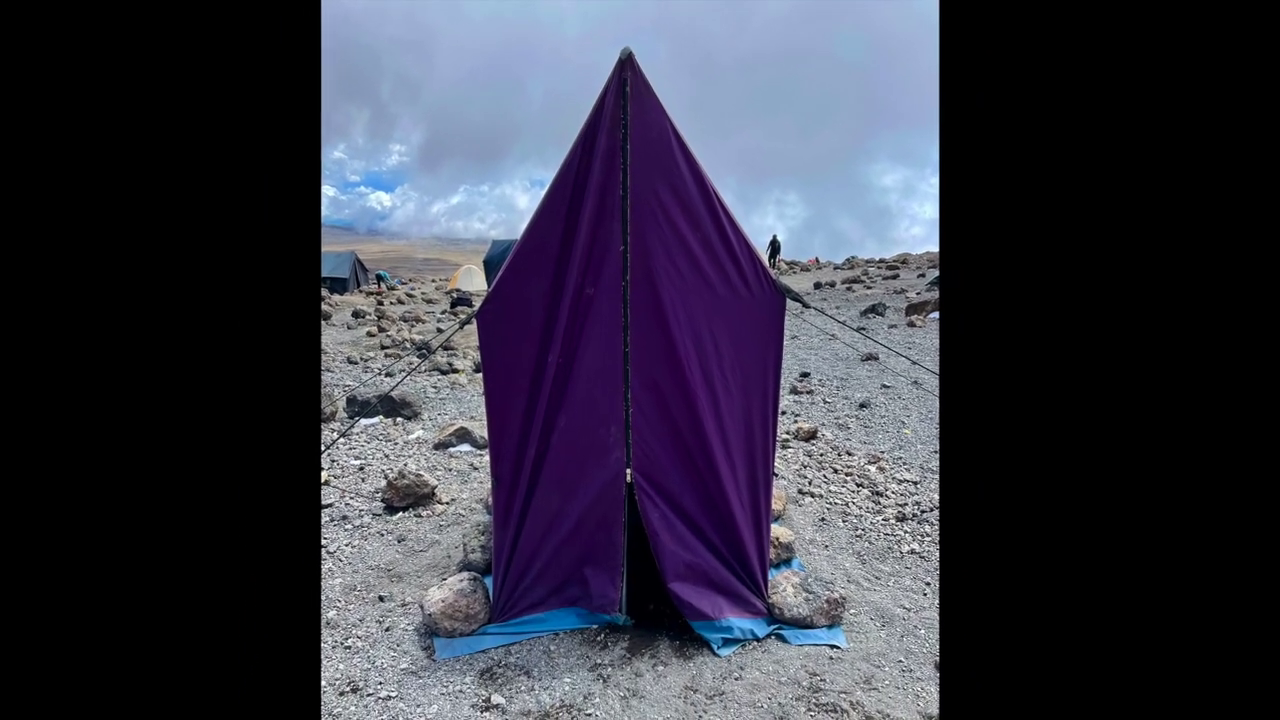
bathroom on mountain kilimanjaro
Bathroom on Mountain Kilimanjaro: What to Expect and How to Prepare Introduction One of the most common — and least discussed — questions from people
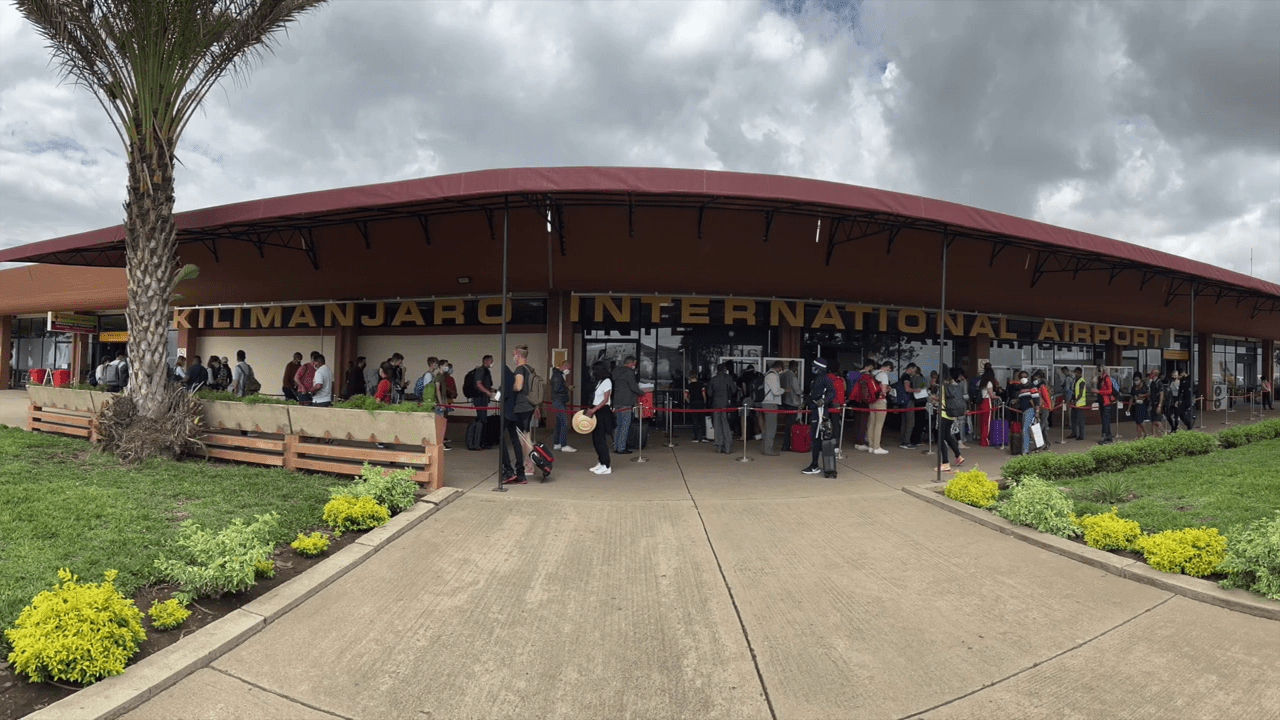
Are Guides Readily Available in Tanzania Without Prior Booking?
Are Guides Readily Available in Tanzania Without Prior Booking? Introduction: Should You Risk Climbing Without Pre-Booking? Climbing Mount Kilimanjaro is a dream for many adventurers.
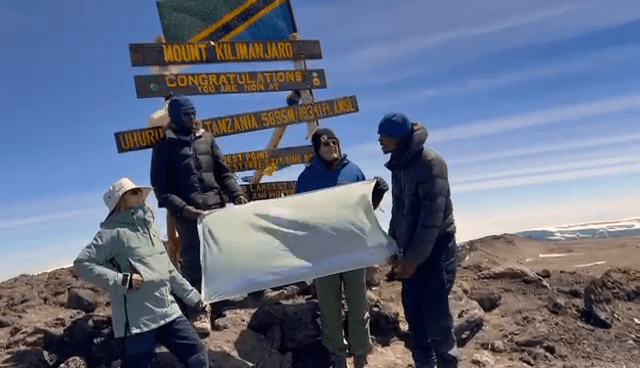
How Can I Find a Reliable Local Guide for My Kilimanjaro Expedition?
How Can I Find a Reliable Local Guide for My Kilimanjaro Expedition? Introduction: Why the Right Guide Is Key to Kilimanjaro Success Climbing Mount Kilimanjaro
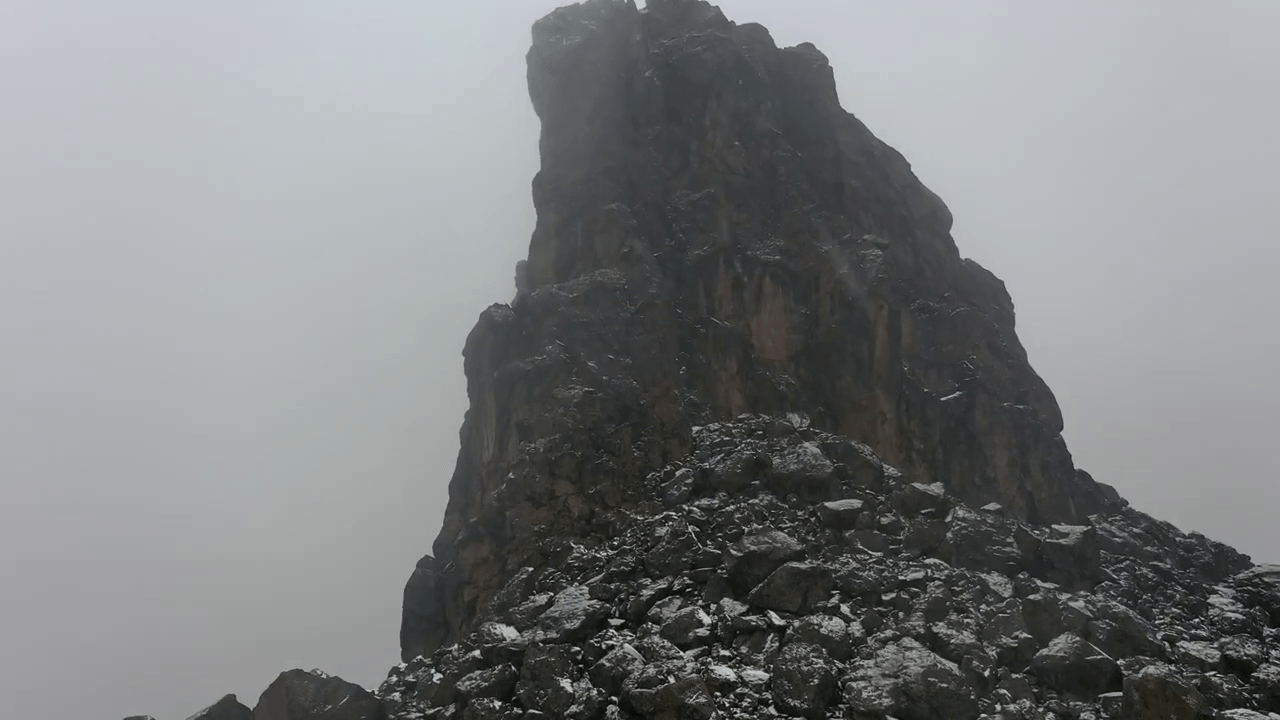
Is Climbing Kilimanjaro Dangerous for Individuals Without Mountaineering Experience?
Is Climbing Kilimanjaro Dangerous for Individuals Without Mountaineering Experience? Introduction: The Myth of Danger and Experience Many aspiring adventurers wonder if climbing Mount Kilimanjaro is
